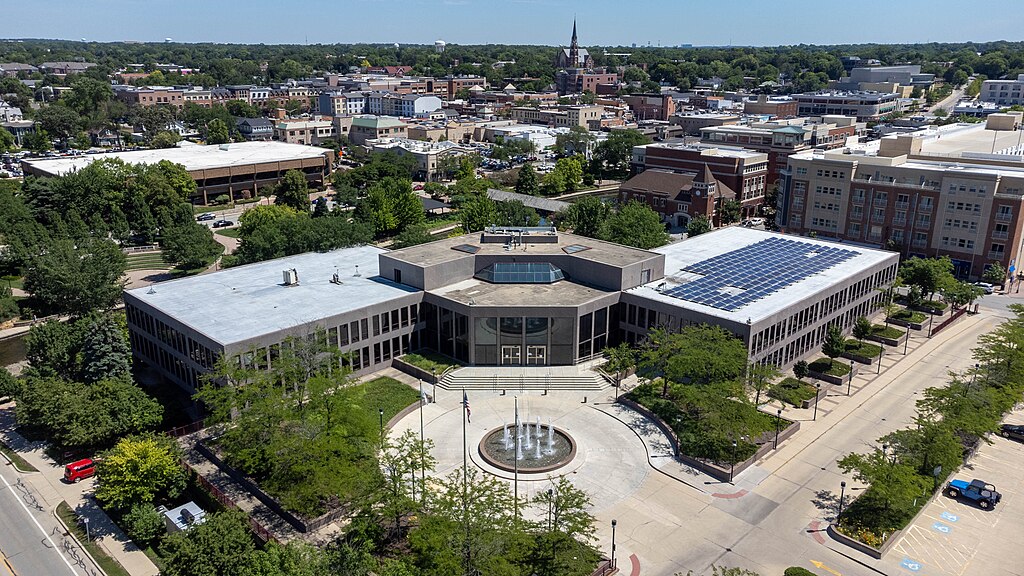Colin Kaepernick: Not so black and white
September 25, 2016
I am white. I have grown up in a lily white suburb in a remarkably normal nuclear family with a mom, a dad, two siblings, and a dog. It’s as if someone made a Norman Rockwell picture into a live action biopic. At times it seems the closest thing to oppression I have faced is when the line at Starbucks is too long—I mean I am a white teenage girl.
Going off of this, it must come as no surprise that I did not grow up living the life of a black American. I didn’t grow up in a world where, as of 2001, one out of every six men I knew would go to jail in their lifetime. I didn’t grow up in a world where my race’s average income is half of a white person’s. Essentially, I have absolutely no first hand life experience of what it feels like to be a black American, but I am at least aware enough to accept that it probably is substantially different than what I have seen.
Maybe this is why my reaction to NFL Quarterback Colin Kaepernick’s protesting the state of racism in the country by sitting during the national anthem is not so, well, black and white.
About a month ago, Kaepernick sparked national outcry by sitting during the national anthem before a game.
“I am not going to stand up to show pride in a flag for a country that oppresses black people and people of color,” Kaepernick said of his decision to sit. “To me, this is bigger than football and it would be selfish on my part to look the other way. There are bodies in the street and people getting paid leave and getting away with murder.”
As I am white, I feel I have no right to instantly condemn Kaepernick for sitting during the national anthem without at least considering his point of view.
I want to explain myself a little bit more as to why I believe white people should deal with Kaepernick’s protest with a little more thought and a little less outrage.
This summer I read a book called “The Namesake” by Jhumpa Lahiri. In this novel, Lahiri takes the reader through the life of Gogol Ganguli, a first-generation American being raised by Bengali parents. Growing up white, I had no idea of the subtle racism that exists by this country. For instance, no one has ever directed questions at me rather than my parents because they thought my parents either couldn’t speak English or were stupid.
Also, remember the article that went viral in Naperville this summer? Called “What it’s like to be black in Naperville, America” and written by Brian Crooks, it pointed out some significant racism present in our city. A teacher once asked him to perform a rap for a group project because he was black! Once again, this opened my eyes to the imperfections in America’s race relations.
I cannot judge Kaepernick’s actions because I simply cannot relate to the daily life of a black American.
Furthermore, it’s important to understand historically how change happens. From John Adams and Sam Adams to Carrie Chapman Catt and Alice Paul, dynamic duos of conservative and radical agents calling for change are not new.
Alice Paul went to prison and was practically tortured in her quest to get women the vote. Carrie Chapman Catt approached the issue from a “conventional” point of view by working the legal process.
Sam Adams ignited Revolutionary War spirit by tarring and feathering officials. John Adams used the legal system.
Neither Sam Adams or Alice Paul finalized change, but they provided a catalyst for it. Neither Carrie Chapman Catt nor John Adams began change, but they confirmed it.
Radicalism never finalizes change, conservatism never initiates it. Thus, both sides of the coin are needed.
Kaepernick is making a political statement, and one that is powerful. While sitting during the national anthem may seem offensive to some because the flag represents our nation’s fight for freedom and equality, let’s take a moment and reflect. Rather than just react, I challenge you to ponder: what is our flag really standing for in 2016?







